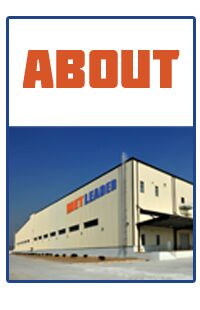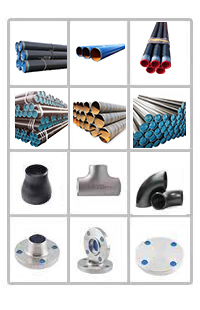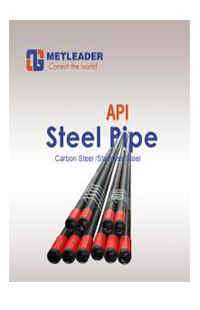Influence of technological factors of butt welding flange on welding seam formation
Groove size and gap size, inclination of electrodes and butt welding flanges, and spatial position of joints can also affect weld formation and weld size.
1. Groove and gap
When welding butt joints by arc welding, it is usually determined whether to reserve a gap, the size of the gap and the form of the groove according to the thickness of the welded plate. Under certain other conditions, the larger the size of the groove or the gap, the smaller the residual height of the welded seam, which is equivalent to the decrease of the position of the welding seam, and the fusion ratio is reduced at this time. Therefore, gaps or bevels can be used to control the size of the overhang and adjust the fusion ratio. Compared with beveling with a gap and without a gap, the heat dissipation conditions of the two are somewhat different. Generally speaking, the crystallization conditions of the bevel are more favorable.
2. Electrode (welding wire) inclination
During arc welding of butt welding flanges, according to the relationship between the electrode inclination direction and the welding direction, there are two types of electrode inclination and electrode inclination. When the welding wire is inclined, the arc axis is also inclined correspondingly. When the welding wire is tilted forward, the effect of the arc force on the backward discharge of the molten pool metal is weakened, the liquid metal layer at the bottom of the molten pool becomes thicker, the penetration depth decreases, the depth of the arc submerged into the butt welding flange decreases, and the moving range of the arc spot expands. The melting width increases and the residual height decreases. The smaller the angle α of the forward inclination of the welding wire is, the more obvious the effect is. When the wire is tilted back, the opposite is true. In electrode arc welding, the electrode back-tilt method is mostly used, and the inclination angle α is more suitable between 65° and 80°.
3. Inclination angle of butt welding flange
The inclination of butt welding flanges is often encountered in actual production, and can be divided into uphill welding and downhill welding. At this time, the molten pool metal tends to flow down the slope under the action of gravity. When uphill welding, gravity helps the molten pool metal to discharge to the tail of the molten pool, so the penetration depth is large, the melting width is narrow, and the excess height is large. When the upslope angle α is 6°~12°, the excess height is too large, and undercuts are easy to occur on both sides. During downhill welding, this effect prevents the molten pool metal from being discharged to the tail of the molten pool, and the arc cannot deeply heat the metal at the bottom of the molten pool. If the inclination angle of the weldment is too large, it will lead to insufficient penetration and overflow of liquid metal in the molten pool.
4. Material and thickness of butt welding flange
The penetration depth of the butt welding flange is related to the welding current, as well as the thermal conductivity and volumetric heat capacity of the material. The better the thermal conductivity of the material and the larger the volumetric heat capacity, the more heat required to melt the metal per unit volume and raise the same temperature. Therefore, under certain conditions such as welding current, the penetration depth and penetration width are decrease. The greater the density of the material or the viscosity of the liquid, the more difficult it is for the arc to dislodge the metal in the liquid molten pool, and the shallower the penetration depth. The thickness of the butt welding flange affects the heat conduction inside the butt welding flange. When other conditions are the same, the thickness of the weldment increases, the heat dissipation increases, and the fusion width and penetration depth decrease.
5. Flux, electrode coating and shielding gas
The composition of the flux or electrode coating is different, resulting in different arc voltage drop and arc column potential gradient, which will inevitably affect the weld formation. When the flux density is small, the particle size is large or the stacking height is small, the pressure around the arc is low, the arc column expands, and the arc spot moving range is large, so the penetration depth is small, the melting width is large, and the residual height is small. When high-power arc welding is used to weld thick parts, the use of pumice-like flux can reduce the arc pressure, reduce the penetration depth, and increase the fusion width. In addition, the welding slag should have a suitable viscosity and melting temperature. If the viscosity is too high or the melting temperature is too high, the slag will have poor ventilation, and it is easy to form many pressure pits on the surface of the weld, and the surface of the weld will be poorly formed.
Previous:Welding method of flat welding flange and socket flange
Next:Various calculation methods of 90 degree elbow
Next:Various calculation methods of 90 degree elbow









